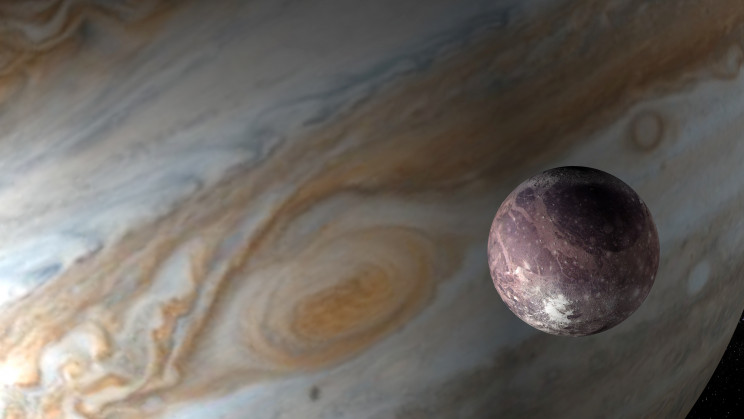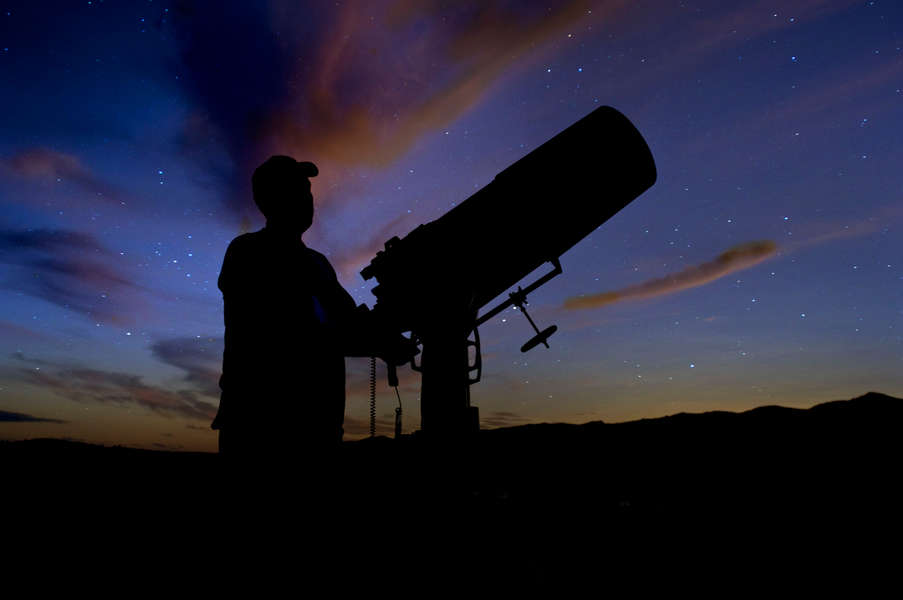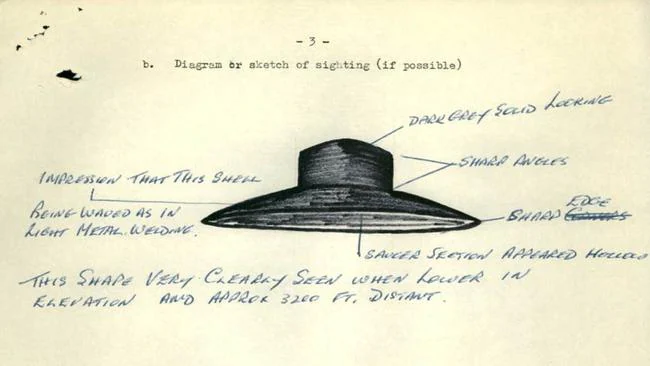Named after the king of the gods in Roman mythology, Jupiter is certainly the biggest kid on the block in our Solar System. The fifth planet from the Sun, Jupiter, is roughly 461.7 million miles (743 million kilometers) from it.
That is so far away that it would take just about 43 minutes for light to reach it from the Sun!
With raging ammonia storms floating on a bed of hydrogen and helium, loads of natural moons, and vibrant colors, Jupiter is certainly a wonder to behold from our humble perspective.
How old is Jupiter?
Like all of the planets of our Solar System, Jupiter is believed to be roughly the same age as the birth of our Solar System. This would put its age at around 4.5 billion years, give or take.
Jupiter was formed when gravity pulled swirling gas and dust into a single massive body. Jupiter is so massive, in fact, that it makes up more than double the combined mass of all other planets.
This stuff came from the leftover material after the formation of the Sun.
Is Jupiter hot or cold?
This is actually not a simple question to answer. Because of the enormous pressure of the planet’s atmosphere, scientists have a little trouble being absolutely confident about any temperature measurements made from space or using sacrificial probes.
However, scientists have managed to get readings of the temperatures at the upper edge of the gas giant that gives us a reading of approximately -229 degrees Fahrenheit (-145 degrees Celsius).
This is so cold, that crystallized ammonia is formed in the atmosphere and makes up one of its main constituents of it. However, it is a very different picture the closer you get to the core of the planet.
Descending deeper into the atmosphere, the pressure increases, making the temperatures rise to a more “comfortable” 69.8 degrees Fahrenheit (21 degrees Celsius).
If a temperature probe could ever survive the journey, you would find that hydrogen liquefies as you go deeper as temperatures rise to about 17,492 degrees Fahrenheit (9,700 degrees Celsius).
If you could ever reach the core of the planet (which is believed to be composed mainly of rock and even metallic hydrogen), the temperature may reach as high as 67,532 degrees Fahrenheit (37,500 degrees Celsius).
Believe it or not, that is actually hotter than even the surface of the Sun. Curious to be sure, but there may be a reason for that, as we’ll find out later.
Can you walk on Jupiter?
In short, basically no. The longer answer is, of course, a lot more complex than that.
There are a few reasons you can’t walk on Jupiter, ranging from its primarily gaseous form, the existence of corrosive gases, extreme temperatures, powerful winds, and high levels of radiation.
But, the main reason really is the complete lack of a solid surface to step on in the first place. The core is believed to be relatively solid, but the pressures and temperatures are so high that you probably would never reach it.
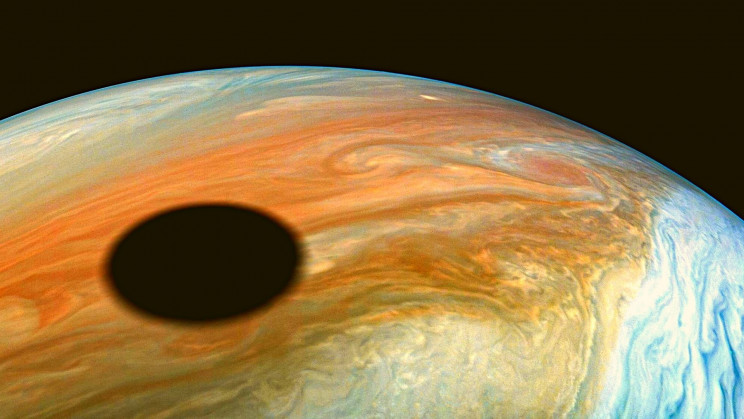
But, if you ever did “step” into Jupiter’s atmosphere, its enormous gravity would quickly suck you down to its extremely hot and windy center. These winds have been estimated to reach about 400 miles per hour (644 kph) in some areas, making them dangerously stormy.
Suppose you managed somehow to penetrate the exterior layers of the gaseous atmosphere and attempt to “walk” there, would you be able to?
In that case, you’d eventually reach a layer of liquid hydrogen, changed from a gas to a liquid state because of the strong pressure. But, being liquid, this would not support your weight which, remember, is 2.5 times that on Earth. You’d still get dragged down to the core through this.
If, however, you did manage to develop some form of buoyancy aid to help you “walk” on some of the layers of Jupiter’s atmosphere, you wouldn’t likely last very long either.
The extreme ammonia concentration on Jupiter can lead to death by poisoning and would rapidly corrode any gear you wear.
So, basically, the answer is a big, fat nada.
What are some interesting facts about Jupiter?
If you’ve not yet had your fill of interesting information about Earth’s big brother Jupiter, then read on to get your fill.
Some of these facts are truly out of this world.
1. Jupiter is Earth’s shield

Just like a bigger brother, the massive planet Jupiter helps ward off potential threats to Earth and other inner planets. So much that it is sometimes referred to as Earth’s protector.
Some astronomers believe that the powerful gravity of the giant gas – around 2.4 times that of Earth, pulls some comets and asteroids rushing from the outer Solar System to the inner part of it. You may find Jupiter often referred to as the “shield of the Earth.”
This pull may protect Earth from some long-period comets that enter the solar system from its outer reaches, such as the one that is thought to have caused the demise of the dinosaurs, causing unfathomable effects on humans and other living things. Without Jupiter nearby, long-period comets would collide with our planet much more frequently.
However, Jupiter’s powerful gravity has also helped to create the asteroid belt by preventing space debris from coalescing into a planet and nudging some of these asteroids towards the Sun – and closer to Earth.
2. Jupiter has many moons

Jupiter has a lot of moons. In fact, the latest tally puts the total at 79 (26 of these are provisional).
Most are tiny; the largest four, called the Galilean satellites, are named Ganymede, Europa, Io, and Callisto. These four moons are called the Galilean satellites because they were discovered in 1610 by the astronomer Galileo Galilei.
Each of these moons is interesting in and of itself, but here are some of the highlights from the most famous four.
- Ganymede is the largest moon in the Solar System, with a diameter of 3,275 miles (5,270 km).
- Io has a lot of active volcanoes and is covered with sulfur.
- It is currently believed that we could find a water ocean beneath Callisto’s heavily cratered, icy, rocky surface.
- Europa is covered by a cracked, icy surface and may also have a liquid water ocean.
The other moons are smaller – equal to, or less than 6 miles (roughly 10 kilometers) in diameter, and most have irregular shapes. Most of these small moons are thought to be asteroids that were caught by Jupiter’s strong gravity.
3. Jupiter has a storm that has raged for hundreds of years
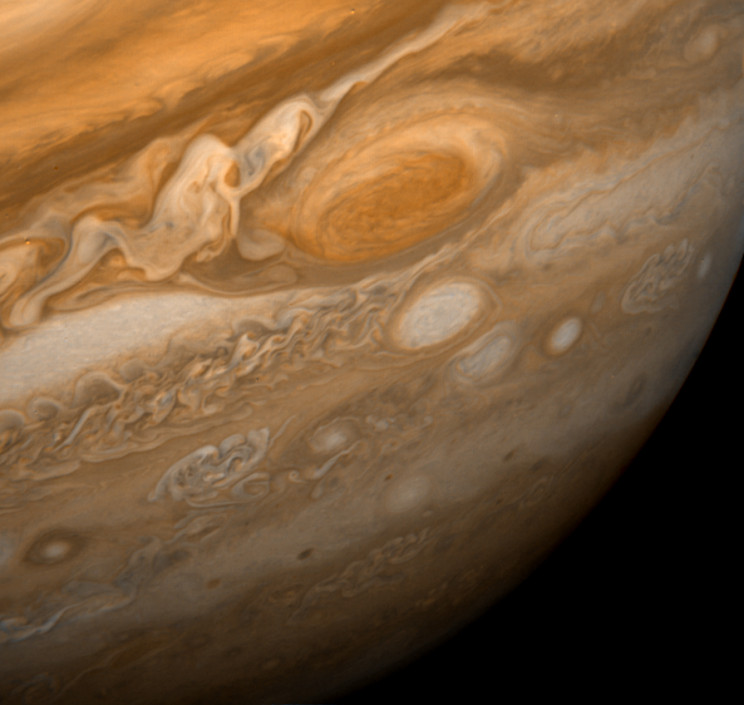
This is probably one fact about Jupiter that is the most surprising of all. Scientists at NASA have revealed that the so-called “Great Red Spot” detected on Jupiter’s surface more than 200 years ago, is indeed a giant, spinning storm in Jupiter’s atmosphere. No single person can claim to know when the “Great Red Spot” first appeared on Jupiter, but it is clear that this storm is a very old one.
It appears to be very similar to hurricanes here on Earth, with the exception that it is absolutely enormous. In fact, it is so huge that you could fit two planet Earths inside it!
Winds inside this storm reach speeds of about 270 miles per hour (435 km) and 400 miles per hour (644 km) in some places near the poles.
4. Jupiter is huge, but it’s shrinking

You may have read or learned in school that Jupiter is the largest planet in the solar system. Of course, this is true, but do you know just how big it is?
Jupiter, very roughly speaking, is about 2.5 times larger than all the planets in the solar system combined. Jupiter’s mass is 318 times greater than the Earth alone.
However, although Jupiter is gaining mass from impacts or accretion at up to 8,000 times the rate of Earth, its size is actually decreasing. But wait, how exactly?
The planet has its own internal heat source, which is powered by the slow gravitational collapse that started when the planet first formed. This causes the planet to put out more radiation than it receives from the Sun, leading to a cooling over time, which causes the planet to shrink. Astronomers estimate that Jupiter is currently shrinking by almost 2 cm per year.
Not that you’d notice over a human lifetime.
5. Jupiter might be a failed star
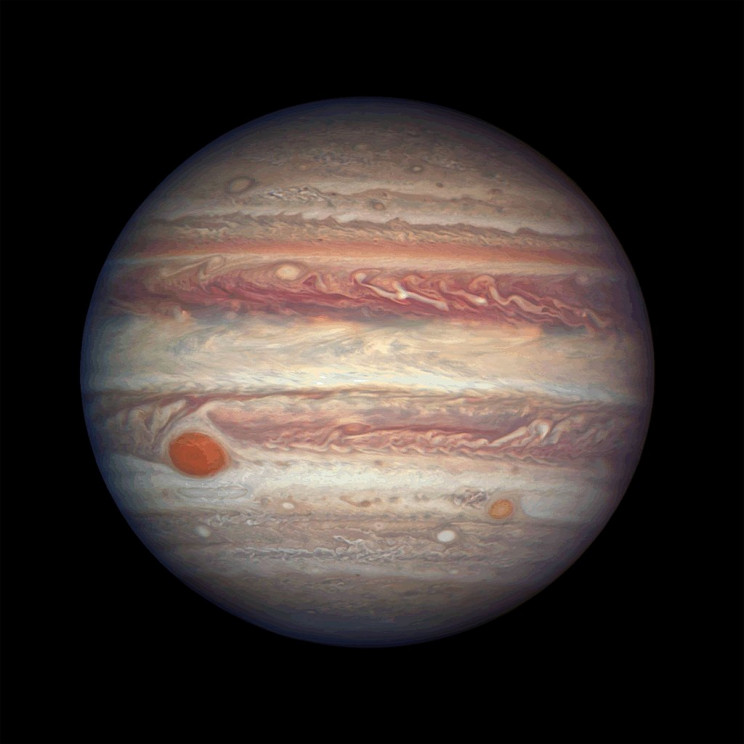
Since we tempted you earlier with a tantalizing piece of information, now is the time to put your mind to rest.
The reason is that some properties of Jupiter’s interior are very similar to that of the Sun. So much so, in fact, that it has been hypothesized that it is a failed star. Its atmosphere is rich in hydrogen and helium, which is very similar to that found in stars.
However, Jupiter does not have enough mass to trigger a fusion reaction in its core. Stars generate energy by fusing hydrogen atoms when exposed to extreme heat and pressure to create helium, releasing heat and light.
A star’s fusion reaction is enabled by its huge gravity and mass. Jupiter would have to be more than 70 times denser to be able to ignite the nuclear fusion process required to become a star.
6. Jupiter is the fastest spinning planet in the solar system
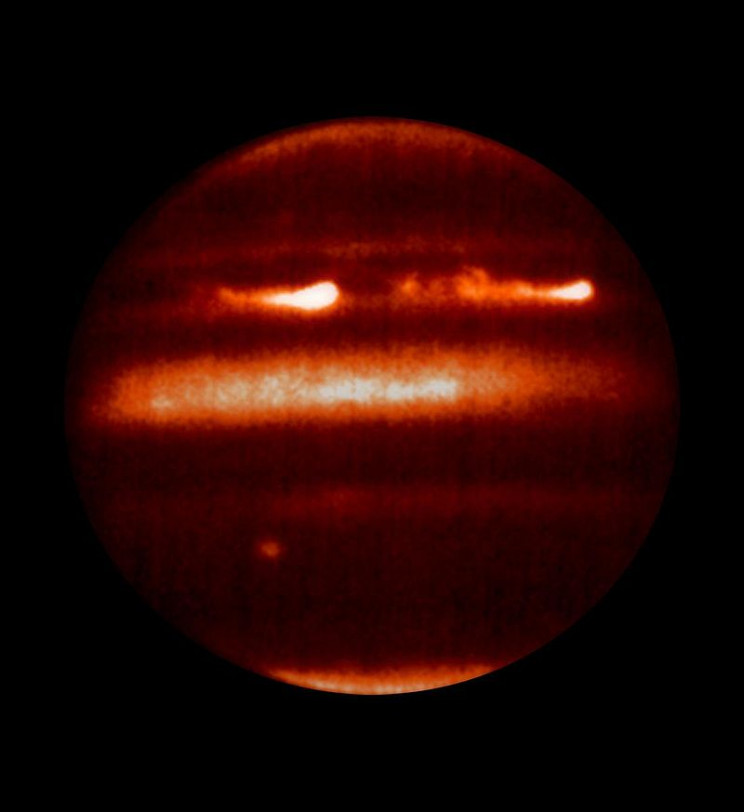
Despite its size and mass, another Jupiter fun fact is that it is the fastest spinning planet in the solar system. With a rotational velocity of 28,185 mph (12.6 km/s), the planet only takes just under 10 hours to complete a full rotation on its axis (a Jovian day).
That is incredibly fast from our perspective, but it takes about 12 Earth years to complete one orbit of the Sun (a Jovian year).
This fast spin has made Jupiter flatten out at the poles and bulge around the equator. It also generates high levels of radiation on the planet from the jiggling of molecules in its atmosphere at this excessive velocity.
7. Jupiter’s magnetic field is 20,000 times that of Earth
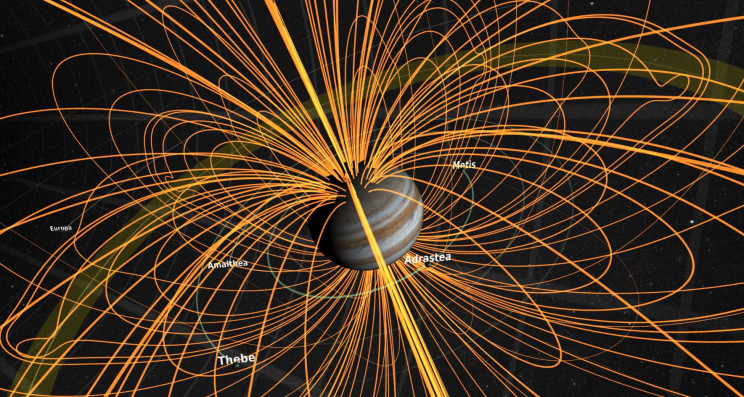
Besides its size, another Jupiter fact is that it has the strongest magnetic field in the solar system. Scientists at NASA think that the strong magnetic field is generated by the Eddy currents created by the spinning motion of conducting materials that exist within the planet’s metallic hydrogen core.
Jupiter’s magnetic field traps sulfur dioxide from Io’s volcanic explosions and hydrogen ions from Jupiter’s atmosphere to form a plasma sheet in Jupiter’s equatorial plane. This creates a dangerous bow shock radiation belt from the interaction of the magnetosphere and solar winds that can damage spacecraft caught within it.
This huge magnetosphere protects Jupiter’s moons from solar winds too. While this is not something to worry about on Earth, if we were to ever attempt to build outposts on Jupiter’s moons, it could be problematic.
For example, radio signals would probably be heavily interrupted.
8. Jupiter can’t support life, but its moon might
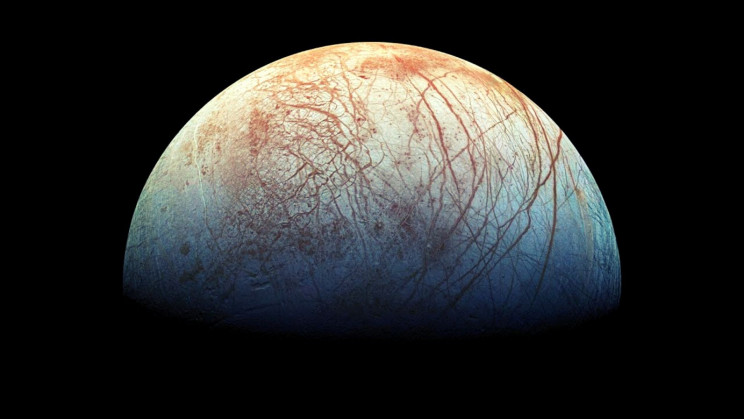
Given the highly treacherous conditions within the atmosphere and “surface” of Jupiter, it is highly unlikely that anything could ever live there. However, the planet’s moons might be a different story. However, if our study of life on Earth has taught us anything, it is that life can exist in some of the most unlikely of places.
If life does exist on Jupiter, due to the lack of solid surfaces, only organisms that are capable of floating could probably survive there. Additionally, because of the extremely high atmospheric pressure levels, free-floating microorganisms that only exist at high altitudes may be found above the cloud boundary.
But, the apparent lack of liquid water on Jupiter would be a problem for any life there. It may be a different story on Jupiter’s moons, however.
Europa, Jupiter’s fourth-largest moon, might be a prime location. Liquid water may exist beneath Europa’s icy surface that could, theoretically, support life forms.
Due to the push and pull of gravity from Jupiter and the other moons, Europa expands and contracts, causing it to heat up. This heat may cause some of Europa’s icy crust to melt under the surface, giving a high possibility of lakes and oceans on Europa.
9. Jupiter has rings!
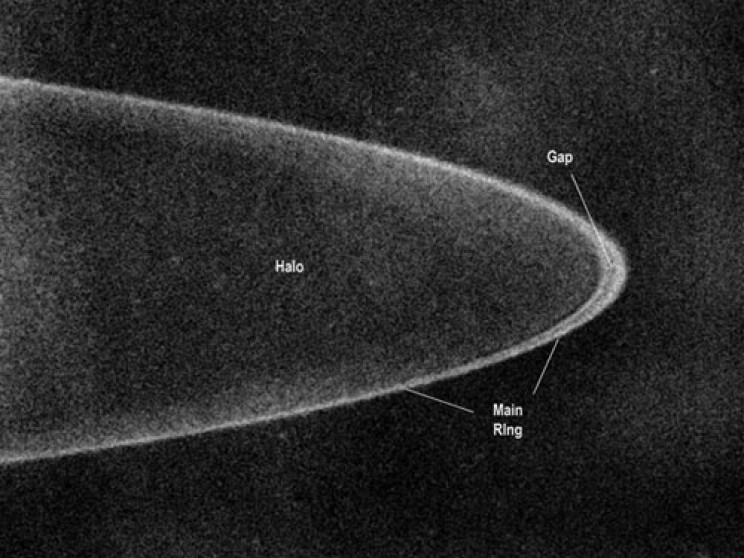
While not easy to spot without the right gear, Jupiter actually has its own rings.
The rings of Jupiter are believed to originate from matter ejected by its moons when meteorite impacts hit them. Due to Jupiter’s high gravitational pull, the materials fell into Jupiter’s orbit instead of slipping back to the original moons.
Unlike the more prominent and long-lived rings of other planets like Saturn, the rings of Jupiter gradually wear out over time but replenish as regular impacts continue to replenish them over time. The main ring on Jupiter’s orbit comprises material from Adrastea and Metis. Other rings, such as the Gossamer ring, are composed of matter from Thebe and Amalthea’s moons.
New images of Jupiter captured by NASA’s New Horizons spacecraft to Pluto provide a unique perspective on its atmospheric storms, the rings, volcanic Io, and icy Europa from Jupiter’s atmosphere.
10. Jupiter has been visited eight times by probes
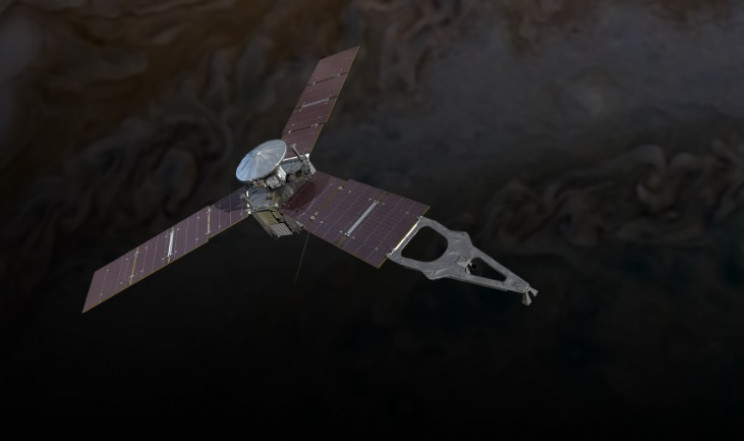
Jupiter has had quite a few human-made visitors over the years.
Jupiter has been visited or passed by several spacecraft, orbiters, and probes, including Pioneer 10 and 11, Voyager 1 and 2, Cassini, New Horizons, and Juno, to name but a few. Pioneer 10 was the first spacecraft to visit Jupiter, approaching the planet closely in December 1973.
From that time, explorers have even sent a few robotic spacecraft, beginning with the Pioneer and Voyager flyby missions from 1973 to 1979 and later with the Galileo orbiter in 1995, which explored Jupiter. In 2007, the New Horizons used Jupiter’s gravity to increase its speed by bending its trajectory while traveling to Pluto.
The most recent visitor, Juno, entered orbit around Jupiter in July 2016 and is presently exploring the amazing physical features of the planet. Future targets for exploration in the Jupiter system include Europa’s probable ice-covered liquid oceans and lakes.
11. The clouds on Jupiter are 50km thick
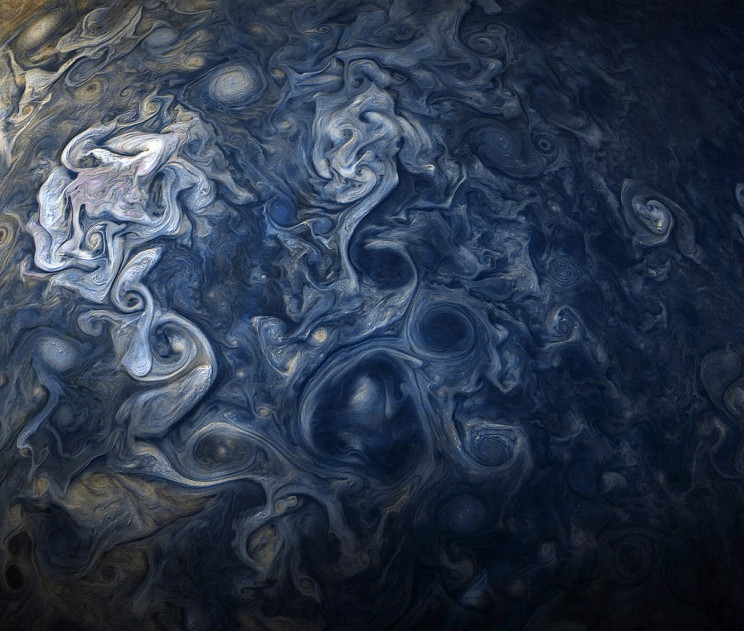
All those beautiful whirling clouds and storms on Jupiter are only about 44 miles (71 km) thick. The clouds are made of ammonia crystals broken up into two different cloud decks – darker and clearer decks.
Images from NASA’s Cassini spacecraft revealed different clouds and depths of atmosphere around Jupiter’s south pole. These images indicate that cloud cover is present at the higher altitudes but absent from the lower altitudes.
Under these clouds, the atmosphere is made primarily of hydrogen and helium that extend down to the presumably rocky core.
And that, Jupiter junkies, is your lot for today.
Jupiter is a fascinating planet and one that has captured the imagination of many a stargazer for centuries. Our great protector Jupiter is certainly one of the most colorful and “easy on the eye” planets in our Solar System.
We’ve only really scratched the surface of what is known about Jupiter, and hopefully, future missions to the planet will unveil many more of its secrets.

